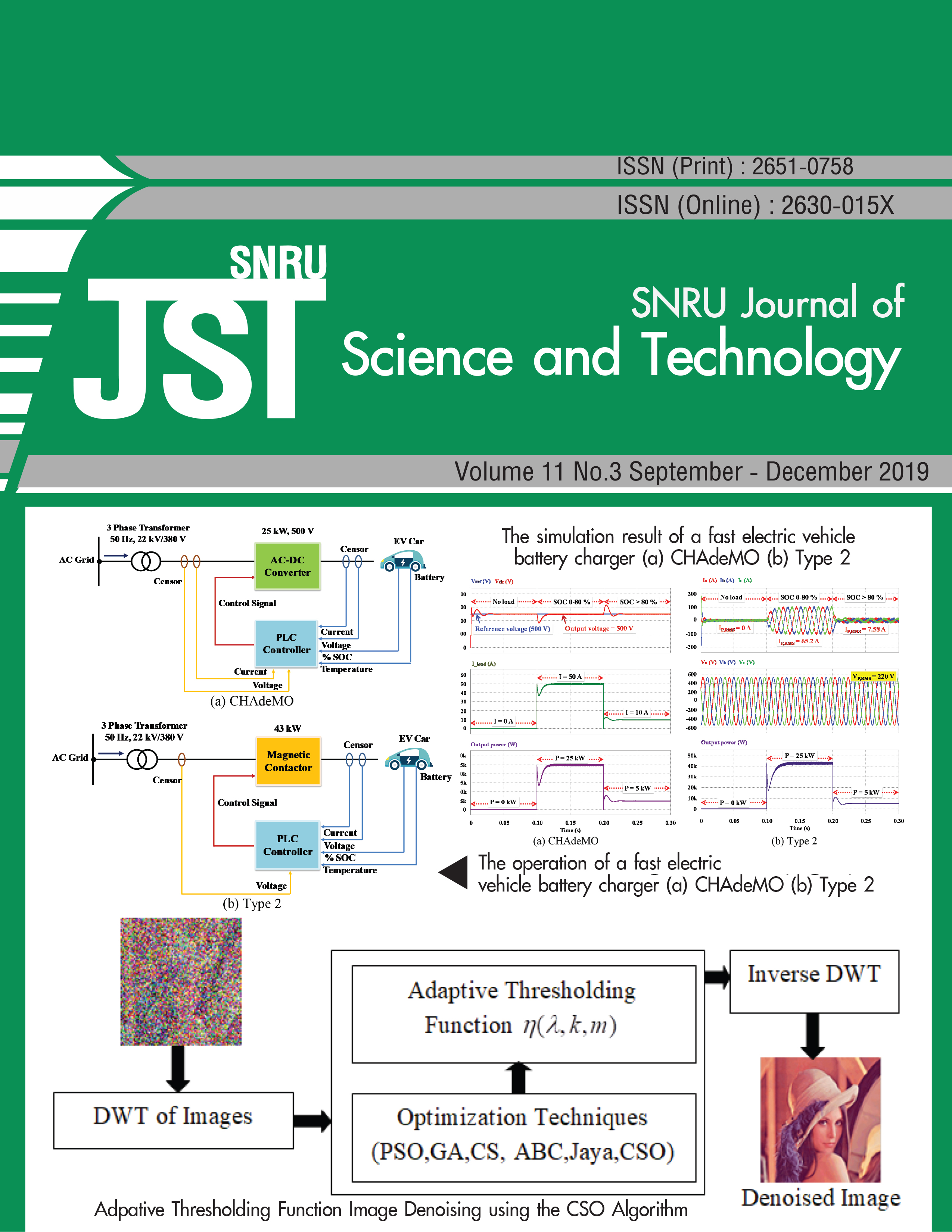Design of Warning System for Student Support Services
Keywords:
Student Support Services, Warning System, RetentionAbstract
The objective of this research were to study the process of providing student support services and to design the service warning system as well as to evaluate the efficiency of the system so that the educational institution could use it as a guideline for integrating to provide student support services as a centralized manner in caring for students who might have problems or problems occur during their studies. From the research results, it was found that the process of providing student support services would have a life cycle of services consisting of 1) student information collection 2) problems analysis and classification 3) notification and appointment 4) incubation and troubleshooting and 5) monitoring and evaluation. The performance evaluation results of the service warning system according to that life cycle from 15 experts were in a good level. Therefore, it can be concluded that the system for providing student support services that are designed is effective in providing student services that will result in higher student retention rates and increases students’ graduation.
References
[2] Office of the Higher Education Commission, Manual for the Internal Quality Assurance for Higher Education Institutions 2014, Parbpim, Bangkok, 2017.
[3] Tinto, V., Dropout from higher education: A theoretical synthesis of recent research, Review of educational research. 45(1) (1975), 89-125.
[4] Astin, A. W., Involvement the cornerstone of excellence. Change: The Magazine of Higher Learning. 17(4) (1985), 35-39.
[5] Kuh, G. D., How to help students achieve. Chronicle of Higher Education. 53(41) (2007), B12- B13.
[6] Britto, M., & Rush, S., Developing and implementing comprehensive student support services for online students. Journal of Asynchronous Learning Networks. 17 (2013), 29-42.
[7] Office of the Higher Education Commission, Higher Education Information,
https://www.info.mua.go.th/information/show_all_statdata_table.php?page=4&data_show=1, 20 November 2018
[8] Miller, T. K., & Prince, J. S., The future of student affairs. Jossey-Bass Incorporated Pub, (1976).
[9] Mirja, S., & Singh, S. P., Effectiveness of Student Support Services Provided by Indira Gandhi National Open University (IGNOU). Mediterranean Journal of Social Sciences. 5(26) (2014), 124.
[10] Hughes, S., Student support in further education 2016/17: a guide for constituents: this briefing provides information on the financial support available to students in full or part-time further education. (2016).
[11] Chuah, P., & Lim, P., Applying quality tools to improve student retention supporting process: a case study from WOU. Asian Association of Open Universities Journal. (2018).
[12] American Productivity and Quality Center, Education Process Classification Framework V.7.2.1., https://www.apqc.org/knowledge-base/download/384560/Education_v721_021019.pdf, 14 February 2019.
[13] Delone, W. H., & McLean, E. R., The DeLone and McLean model of information systems success: a ten-year update. Journal of management information systems, 19(4) (2003), 9-30.









